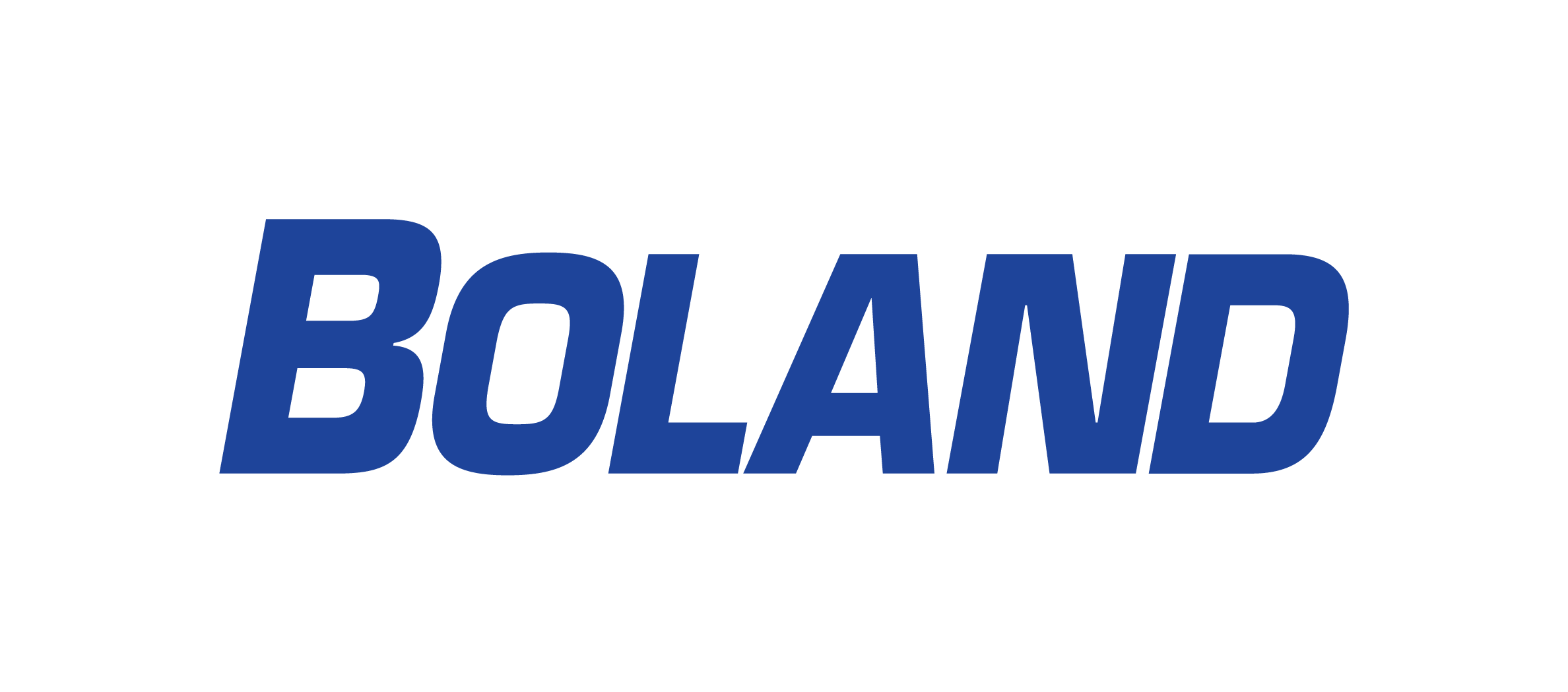A New Solution For Obsolete HVAC Units

High-quality HVAC systems are built to last for decades. Technology, however, does not always stand the test of time.
“HVAC systems often outlive the technology they were designed to support,” said Rick LeFrancois, emerging technologies leader at Boland, a commercial HVAC company. “A Trane Self-Contained Unit that was installed in 1988 might still be kicking, even as the building went through two renovations. Retrofitting these systems to keep up with new technology can be a major challenge.”
Rather than send clients on a hunt for vintage replacement parts or forcing them to purchase an entirely new system, Boland has created an option to upgrade the system in place.
The Self-Contained Control Upgrade is a solution that allows building owners to upgrade their decades-old HVAC unit controls seamlessly.
Bisnow recently sat down with LeFrancois to learn more about this upgrade and what it means for commercial real estate owners with legacy HVAC systems.
Bisnow: What inspired Boland to create the Self-Contained Control Upgrade?
LeFrancois: This unit is designed to last 25 years. The electronics industry, however, is built on change, and as the decades pass, tech companies stop making certain parts. Once those parts are gone, you can’t find replacements.
Our customers were coming to us saying they were trying to keep their unit running longer since they were not ready to go through the timely and costly process of replacing it. We didn’t want our customers to be held back by our unit’s reliability, so we came up with this solution.
Bisnow: What types of systems was this upgrade designed for?
LeFrancois: This was created for self-contained HVAC units, which first hit the market in 1988. These were extremely popular in the late 1980s and 1990s and were installed throughout Washington, D.C.-area office buildings, many of which are still in use today.

Bisnow: Why would clients want to install this upgrade instead of purchasing a new system?
LeFrancois: As I mentioned, replacing an HVAC system can be a costly and time-consuming process. A unit replacement is often the best choice, but there are many factors that are considered in making that decision. Does the unit tonnage meet the capacity requirements for the space? Do walls or windows need to be moved to install a unit? How long would the unit be down while doing the replacement? Is there enough space for a new unit? Is the area served occupied? Is the electric service large enough? Has the existing unit been well-maintained? There may also be financial concerns.
Along with updating the controls to improve a unit’s functionality, this solution comes with an integrated dashboard where building owners can adjust their unit’s settings, view reports and see real-time data updates.
Bisnow: Before this solution, what options did clients have if they needed to upgrade their HVAC technology?
LeFrancois: Reliability is everything. When a system goes down because it needs repairs or upgrades, a business may need to shut down because it can’t provide a functional working environment for its occupants.
There are other fixes on the market that can help with repairs and upgrades, but they can be unreliable and take several days to install. The upgrade we’ve created can be installed in just one day by Boland professionals who are experts in how these units should work and can have them running with minimal downtime.
This feature was produced in collaboration between the Bisnow Branded Content Studio and Boland. Bisnow news staff was not involved in the production of this content.

